News
Registration is now open for AHM17
2017-08-03
Registration is now open for the 4MOST All Hands Meeting 2017, which will take place at CRAL in the beautiful city of Lyon on 11-15 September 2017.
For information about the venue and how to get there, the agenda, social events and instructions on how to register please visit
Welcome to Lyon!
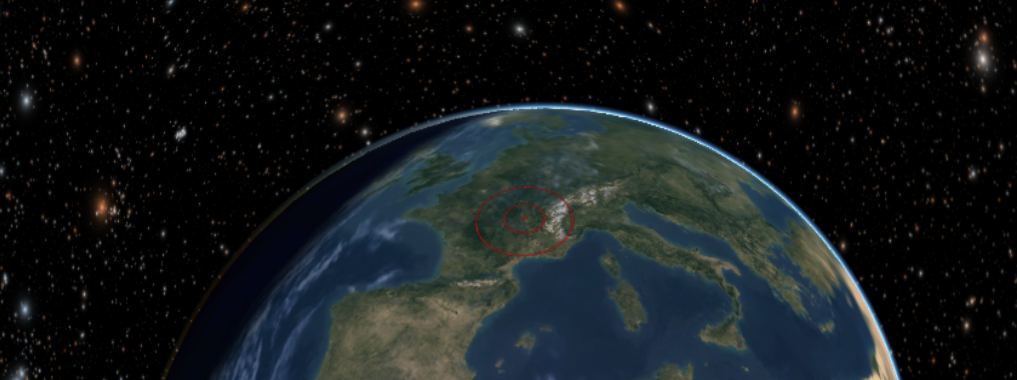
Science Team Membership Policies released
2017-04-24
An important document has been released recently that everyone in the Science Team should be aware of: the Science Team Membership Policies. As the title suggests, this document regulates the membership of the 4MOST Science Team. In particular, it contains a provision for "Permanent Science Team membership" in reward for "significant services rendered to the ST, in particular in the form of work done in any of the Infrastructure Working Groups".
Operations Rehearsal
2017-04-05
Using the opportunity with having most of the 4MOST Science Operations stakeholders available at the DFDR meeting, an Operations Rehearsal was organized by the 4MOST PM. Based on the science data flow chart in the Operations Plan, the flow of data through the system was simulated by passing "virtual observing data" between the various subsystems. This roleplay generated plenty of very useful discussions, and mistakes and omissions in the plan were identified and documented. The participants all agreed that this was a very useful exercise that shall be repeated, most likely at the next All-Hands meeting.
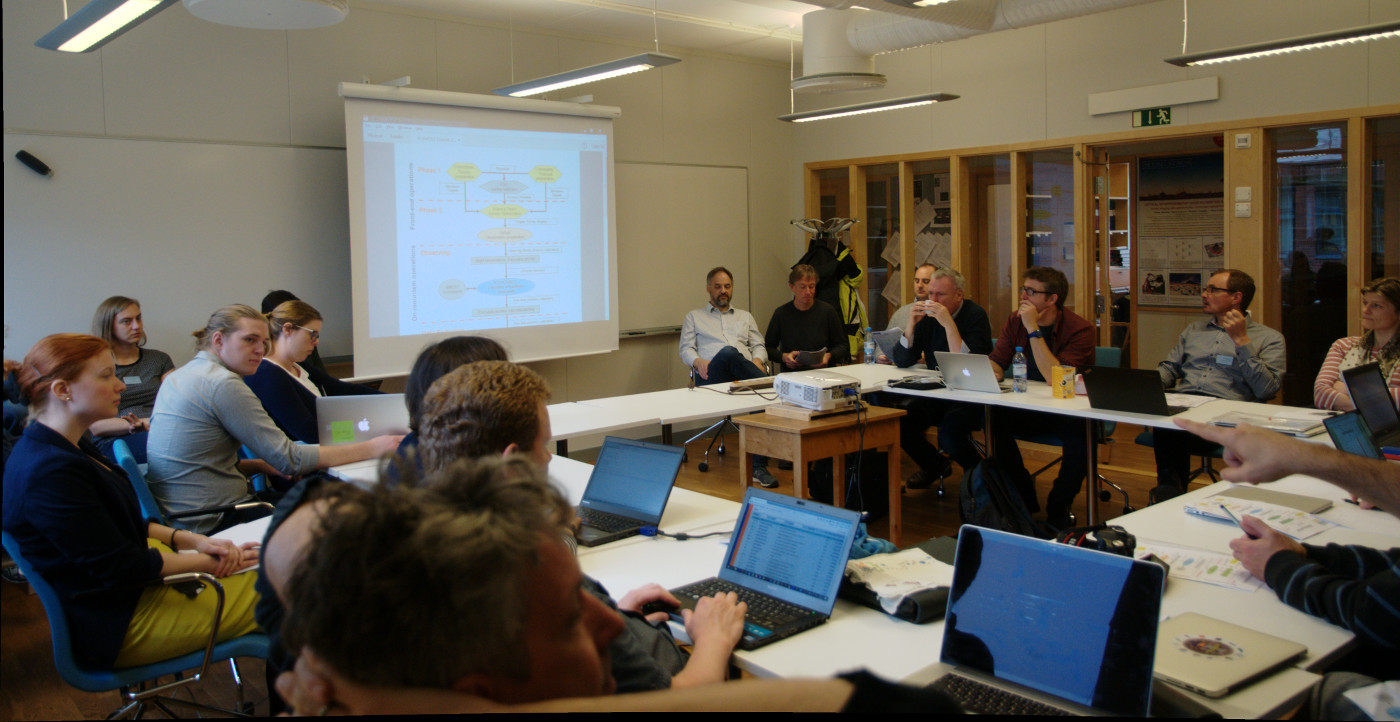
4MOST dataflow design review
2017-04-02
The 4MOST dataflow design review took place at Lund Observatory on March 29-30 with about 30 members of the 4MOST team attending. The review panel (posing in the picture below) was composed of Dimitri Gadotti (ESO), Danny Lennon (ESA), William O’Mullane (ESA), Martino Romaniello (ESO), Ricardo Schiavon (Liverpool John Moores University), Mario van den Ancker (ESO), Anne-Marie Weijmans (University of St. Andrews), Rees Williams (University of Groningen) and Michael Wise (ASTRON). Getting insights and suggestions for improvement from these outside experts was much appreciated by the 4MOST team.

Southern Cross 2017: Surveying the Cosmos - The Science From Massively Multiplexed Surveys
2017-01-13
In June this year, the AAO in Sydney is running the Southern Cross Conference on "Surveying the Cosmos, The Science From Massively Multiplexed Surveys”. Registration and abstract submission is now open:
Conference website: Southern Cross 2017
The Southern Cross Astrophysics Conferences, which are jointly supported by the Australian Astronomical Observatory (AAO) and the CSIRO Astronomy and Space Science (CASS), are held annually in Australia with the aim of attracting international experts with wide ranging skills to discuss a particular astrophysical topic. The 2017 conference will be on the results of massively multiplexed surveys across the electromagnetic spectrum and at all scales of the cosmos.
Large astronomical surveys have been key to many of the major advances in our understanding of the cosmos at all scales over the last two decades. This conference will focus on the scientific returns from massively multiplexed surveys: in terms of the number of targets that are observed simultaneously, and massive in the number of objects observed in totality. Australia has often been at the forefront of these types of surveys, with a key development being the start of regular scientific observations with the Two-Degree Field instrument on the Anglo-Australian Telescope in 1997. The 2017 Southern Cross Astrophysics Conference will include a retrospective on such surveys, the current surveys underway, and also a look forward to the future.
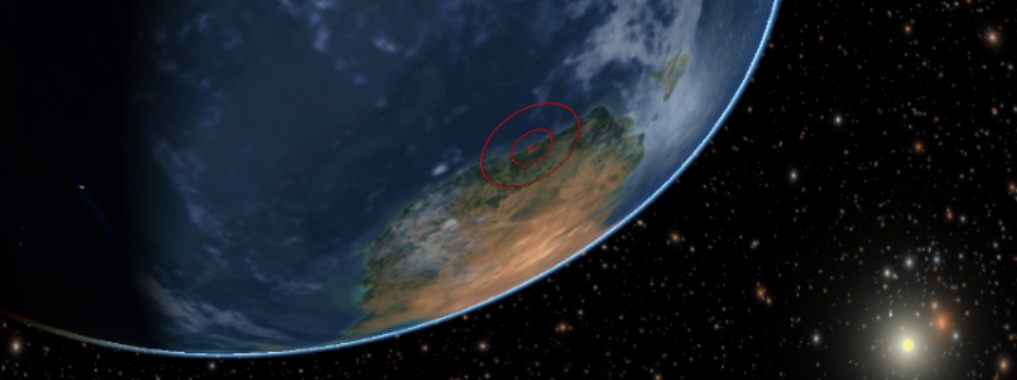
Update from the Milky Way Halo High-Resolution Survey
2016-11-30
The Milky Way Halo High-Resolution Survey team has mainly been working on a revision of the mock target catalog, to explore options for increasing the Figure of Merit (FoM) of the survey. The challenges we are facing are the low surface density of halo stars, as well as the limited light collecting power of the VISTA telescope, which results in long exposure times for the targets close to the planned limiting magnitude (i.e., AB = 16) of the survey.
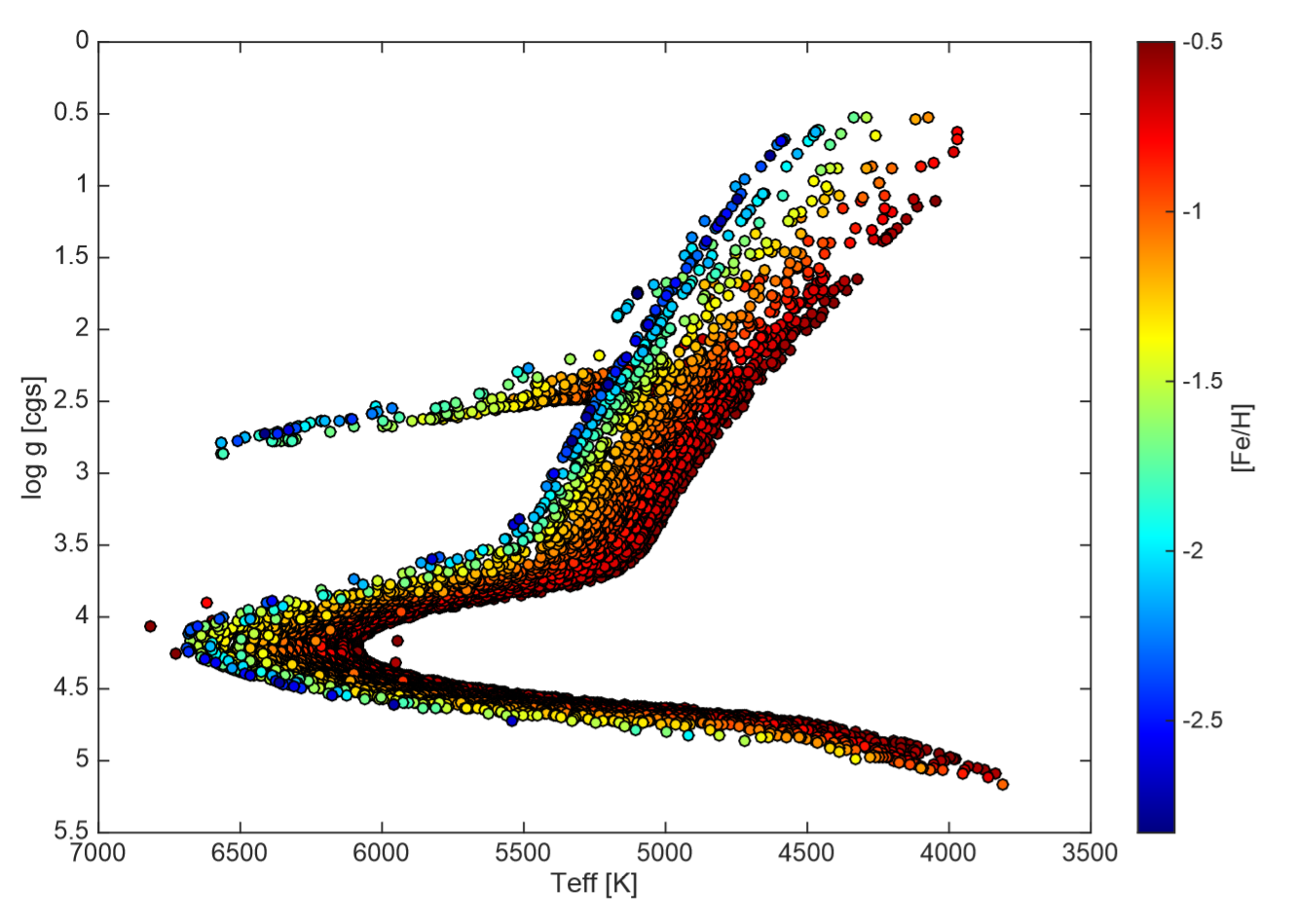
Randomly selected subset of the mock target catalog for the Milky Way Halo High-Resolution survey. It contains stars in all relevant evolutionary stages; i.e., dwarfs, subgiants, giants, as well as horizontal-branch stars.
We have therefore relaxed the selection criteria for the mock target catalog, which now includes not only giants, as foreseen in the original survey proposal, but also subgiants and dwarfs. Furthermore, the metallicity selection has been lifted by 0.5 dex to [Fe/H] < -0.5. The region -1.0 < [Fe/H] < -0.5 is scientifically very interesting, because differences in the overabundances of the a-elements between the inner and outer halo populations can be seen there (Nissen & Schuster 2010, A&A 511, L10). Hence the 4MOST spectra will allow to disentangle these two populations within the observed sample of stars by means of abundances alone; i.e., without using any kinematic information derived from Gaia astrometry.
The new mock target catalog contains about 2.3 million objects. With this target catalog, the FoM of the survey now reaches 0.49 after a simulated 5-year survey. The calculation of this FoM is based on a simple “pass or fail” decision, depending on whether the spectral signal-to-noise ratio we aim at has been reached, or not. However, spectra that barely miss this SNR requirement are still useful for most of our science aims, therefore such spectra should be accounted for in the calculation of the FoM. When we do this, the survey FoM reaches 0.7; i.e., it is considered to be scientifically competitive, since FoM > 0.5.
Another area of ongoing activity is the development of a test version of the Galactic Data Analysis Pipeline under the auspices of Infrastructure Working Group 7. We have been working on preparations for computing an extended grid of synthetic spectra, which will be used in a data-driven approach for determining stellar abundances (i.e., The Cannon; Ness et al. 2015, ApJ 808, 16).
WAVES: A dark matter experiment
2016-11-29
For the majority of time (10 of 13.8 Gyrs) dark matter has been the dominant influence in our Universe, driving both the decelerating expansion over the first 10 billion years, as well as clumping and coalescing under gravitational attraction into the super-clusters, filaments, and halos that make up the cosmic web. As the dark matter clumps, the baryons are drawn in, leading to self-gravitating baryonic structures in which star-formation, nucleosynthesis beyond Helium, and complex structures such as you and I emerge. Dark matter is arguably the most critical component of our Universe, and certainly played the most important role in shaping its large-scale structure today. Direct searches for dark matter have thus far failed to identify the underlying particle(s), and so we continue to study it indirectly via its gravitational interaction with normal matter, and through the bending of light around mass concentrations. From a cosmological perspective we have several ways of quantifying the total amount of dark matter, in particular: SNIa (one Nobel prize), the CMB (two Nobel prizes), massive cluster dynamics, weak lensing, and redshift space distortions. These quantify the total amount of dark matter, and contain statistical information as to its spatial distribution and halo mass distribution, but do not trace all of the individual concentrations themselves.
Numerical simulations suggest the dark matter mass distribution follows a simple power law with the majority of mass clumped in halos comparable in mass to the local Milky Way group, i.e., ~10^12 Msol. The only method that allows us to trace the dark matter condensates directly to this mass resolution is group finding. Here we rely on the random motions of the bound galaxies to relay the underlying halo mass and profile shape. To do this well requires a very specific survey design; one which is extensive in area yet fully sampled and highly complete, and with a velocity precision of ~30km/s. 4MOST is the only facility capable of delivering on this with its high multiplexing capability, coupled to its broad field of view, R>2500 resolution, and dedicated operational mode.
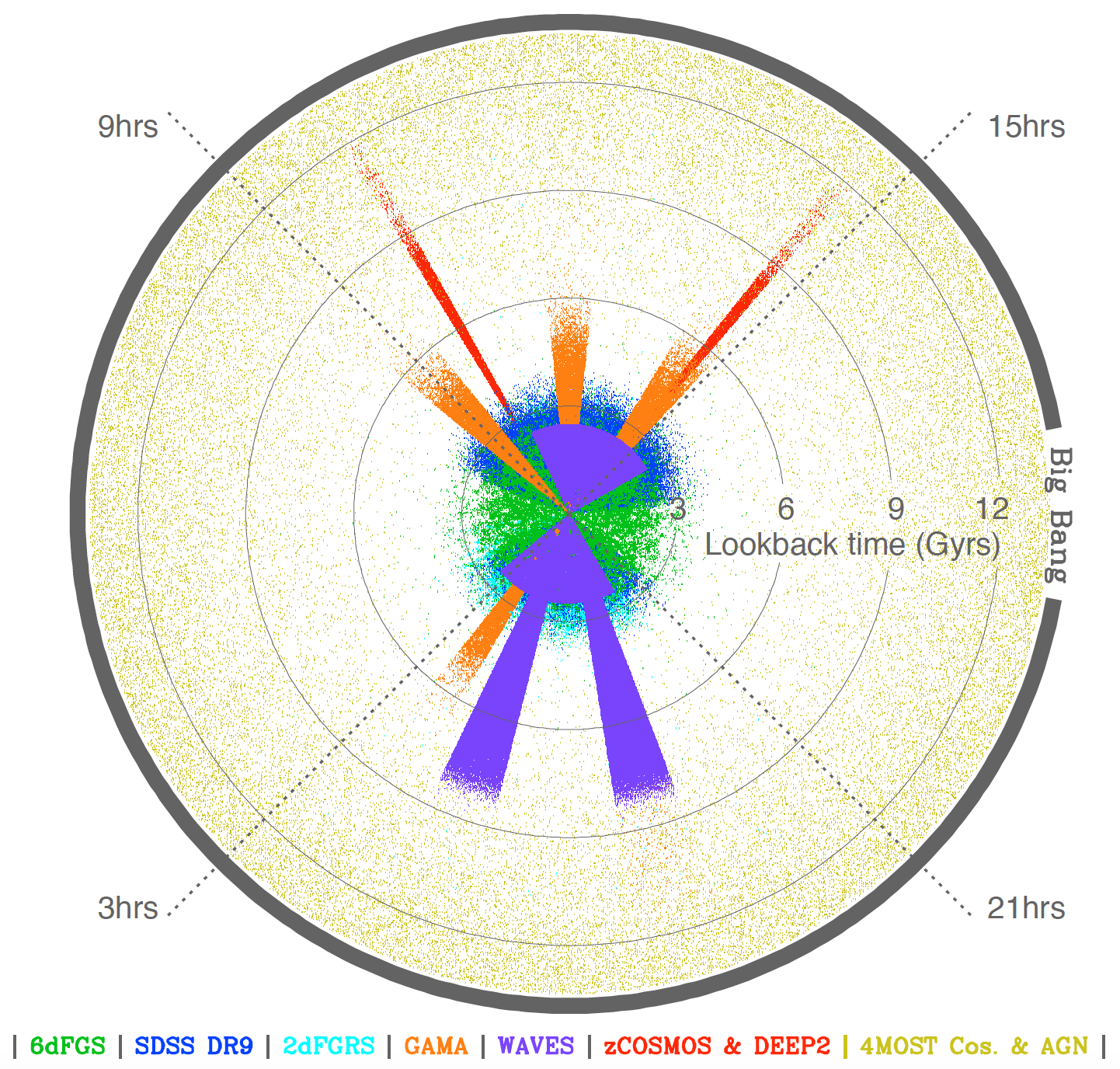
WAVES will allow us to identify 50,000 dark matter halos from very high cluster masses to local group scales in the nearby Universe, and a further 50,000 halos out to a time when the Universe was half its current age. These data will be used to study dark matter and its recent growth, as well as its influence on the galaxy formation process.
For the former we will precisely reconstruct the dark matter distribution within a ~Gpc^3 volume as well as its evolution over an 8 billion year timeline. For the latter we will study the properties of the galaxies, stars, dust and gas within these halos over the same timeline. Even more ambitiously the survey even has the potential to place meaningful constraints on the dark matter particle mass via: the incidence of pairs, the stacked halo profile shapes, and void sizes, all of which require bespoke simulations now underway at UWA. It is clear that deviations from our concordance cold dark matter model, if they exist, are best probed at the smallest (i.e. group) scales since this is where discrepancies between “warm" and “cold” power-spectra in the initial conditions of the Universe will lie.
The figure shows notable surveys from which group catalogues have been constructed with 100s to 1000s of halos. WAVES will be a ten-fold game-changer and the most extensive dark matter study for the foreseeable future. The mauve regions denote the photo-z selected WAVES-Wide regions, along with the two WAVES-Deep fields. Within these zones all dark matter condensates down to local group halos masses will be known.
News update from the Project Scientist(s)
2016-11-26
Since the All Hands Meeting in Heidelberg Project Science has been working on consolidating the Science Schedule. This has been possible thanks to the recent agreement between ESO and 4MOST regarding Phase1 and Phase2. Phase1 starts essentially just before the Call for Letters of intent to the Community and Phase 2 ends when the full 4MOST Survey Program starts. We hope to publish the schedule for Phase 0, 1, and 2 very soon as it is also needed for the Data Flow Design Review that will take place in late March 2017, in Lund, Sweden.
As of the All Hands Meeting Morgan Fouesneau has taken over as the lead for the Infrastructure Working Group 9 - Object Classification, after Gal Matijevic had to step down. Morgan is very welcome and we look forward to working with him.
Much work in the Project Science is currently, November and December 2016, focused on preparation for the Data Flow Design Review. This includes making sure that all Survey Science Plans are released as well as all relevant documentation from the Infrastructure Working Groups.
Announcement: 4MOST All Hands Meeting 2017
2016-11-18
The 4MOST All Hands Meeting 2017 will take place at CRAL in the beautiful city
of Lyon on 11-15 September 2017. Please mark your calendars.

4MOST All Hands Meeting 2016
2016-09-16
The 4MOST All Hands Meeting 2016 will take place in Heidelberg on 19 – 23 September 2016. The meeting is hosted by the 4MOST team at the Landessternwarte Heidelberg.
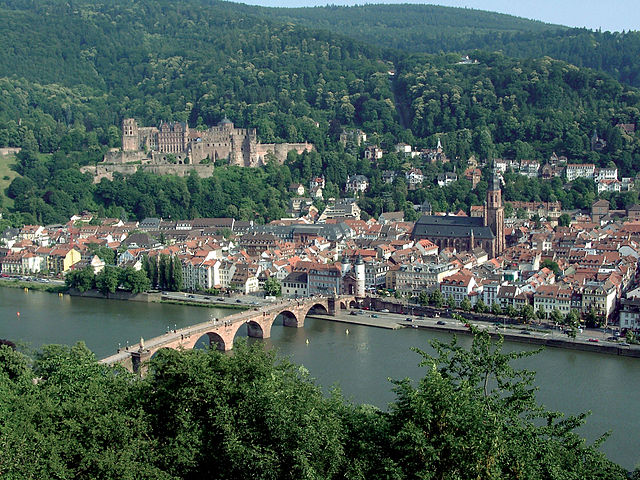
The 4MOST facility, providing a massively multiplexed optical spectroscopy capability for the European Southern Observatory's VISTA telescope, is now in the final design phase, with on-sky surveys planned to commence in 2021. 4MOST will carry out a number of significant and transformational spectroscopic surveys which will enable significant advances in our understanding of our cosmos, from the evolution and structure of our Milky Way, to the growth of structure and evolution of the distant Universe.
The second annual 'All Hands Meeting' of the 4MOST consortium will bring together those working to define, construct, operate and scientifically exploit the 4MOST Facility. This includes the scientists from the large number of institutes involved in defining the ground breaking consortium science surveys, the applications specialists involved in the infrastructure groups, and the engineers, managers and scientists responsible for the delivery of the 4MOST Facility. All consortium members and prospective consortium members are invited to attend.
In addition to discussing ideas on the development of the 4MOST instrument and science, participants also get to visit Heidelberg with its many historic and cultural attractions, such as the romantic ruins of the castle towering above the Neckar river, Germany’s oldest university and the historic Old Town. With one of the leading universities in the world and numerous major international research institutions Heidelberg is also a city of science.
Please see http://wiki.4most.eu/all-hands-meeting-2016 for the meeting programme.